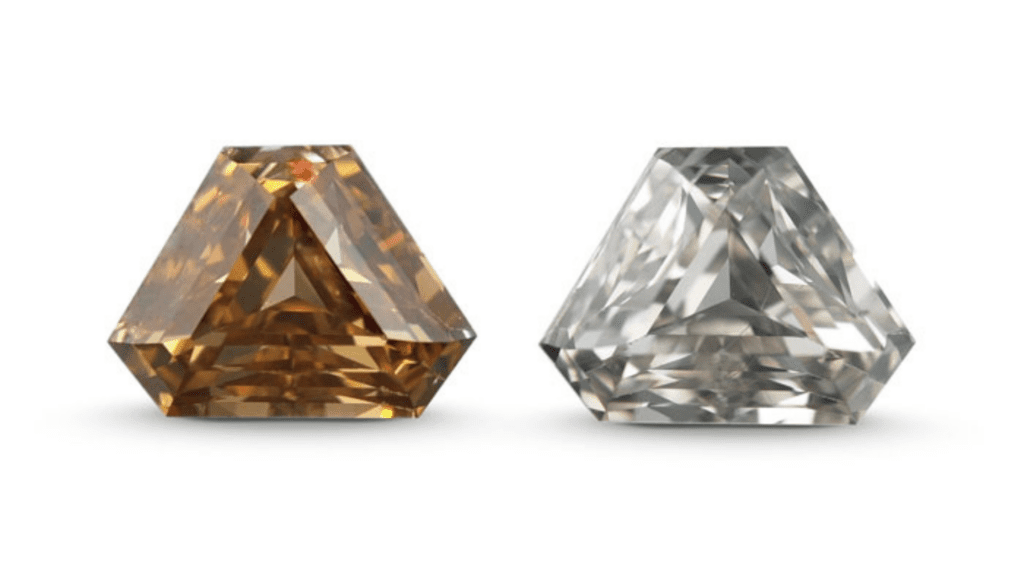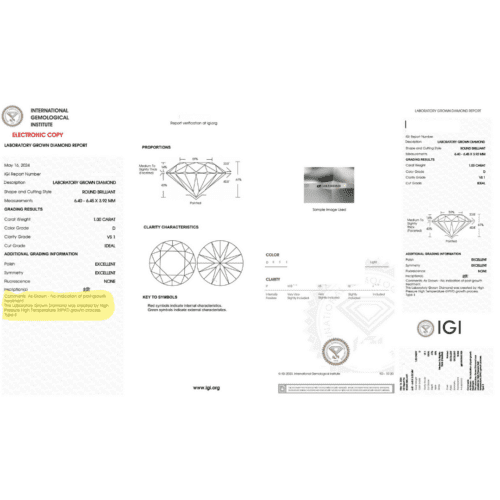Past, Present, Future: The Meaning of Three-Stone Engagement Rings
Three-stone engagement rings are a meaningful and elegant choice that blend symbolism with timeless design. Often referred to as “past, present, and future” rings, they feature a central stone flanked…
















